Summer camp concludes at Lok Virsa
Classes commenced with primary focus in block printing, lacquer art
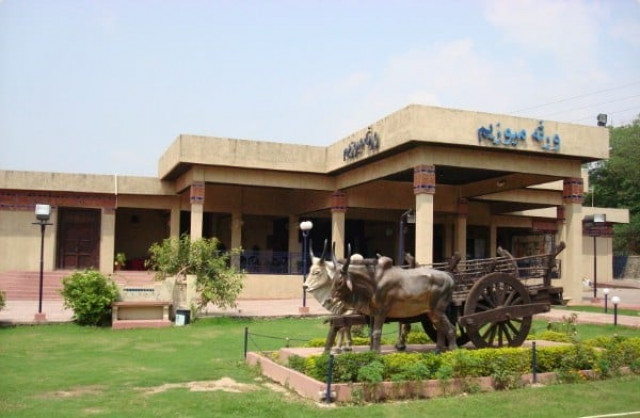
PHOTO: LOKVIRSA.ORG.PK
Sixty children between six to 14 years of age participated in the summer camp and learnt craft making techniques under the guidance of master artisans. They were also given knowledge about storytelling, folk music and other aspects of traditional culture. Block printing in Pakistan evolves at an early date because the most ancient techniques are still practiced.
Lok Virsa to hold 30-day children summer camp
The art of dyeing developed at the time of Indus Valley civilization. In the 1st century, terracotta stamps used for printing textiles were excavated in Taxila. Punjab, the largest populated province appeared as remnants of a craft that became so widespread that most villages had their own block printers.
Lahore remains one of the largest commercial centres in block printing. Heavy fabrics printed for upholstery and drapery are marked widely. The block prints depict animals, birds and floral patterns in arched frames with traditional colour combinations of Mughal architecture.
Most of the contemporary block printers apply the colour directly with print blocks made of hard wood such as shisham. The basic colours are red, blue, green and yellow. After completing the outline, the filling is done by selected shades.
Lacquer art forms, are an intrinsic part of Pakistani folk crafts. It involves the process of applying layers of "lac" in different colours on wood, while the material is rotated on a simple wooden lathe machine.
Published in The Express Tribune, July 24th, 2019.

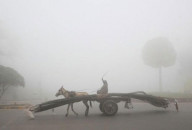
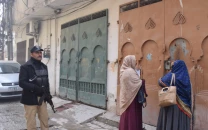
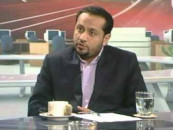
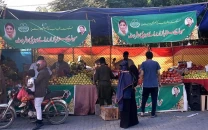
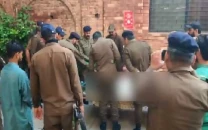
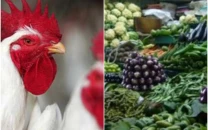
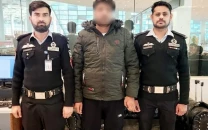
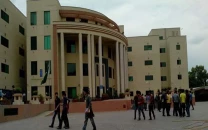

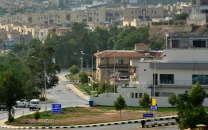
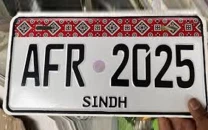
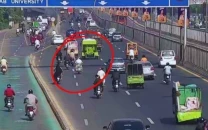




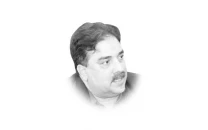
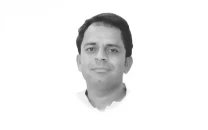
COMMENTS
Comments are moderated and generally will be posted if they are on-topic and not abusive.
For more information, please see our Comments FAQ